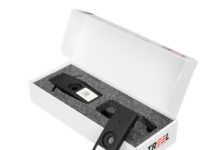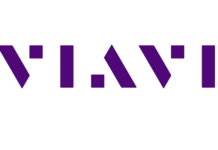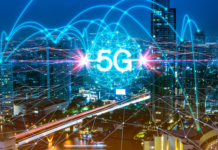
Fuelling innovations across the globe, wireless connectivity is accelerating rapidly. Both 5G and Wi-Fi 6 are complementary technologies and utilized for different roles and uses, delivering lower latency and higher speeds. However the relationship between these two communication technologies in connectivity has sometimes been fractious, occasionally friendly, but is always inevitable. 5G and Wi-Fi 6 might still be battling it out to win the market share but; to fully reap the benefits from both, a mixed approach could be the best strategy to leverage innovation from a broader ecosystem, as a real win for the industry ultimately lies in their convergence.
The Wireless Ecosystem
According to a recent survey by Deloitte Global, it was found that nearly half of all respondents (45%) were testing or deploying Wi-Fi 6 and 5G concurrently for their advanced wireless initiatives. Virtually all (98%) said they expected their organization would be using both technologies together within three years, investing equally in both.
Speculations suggested that 5G might outpace and ultimately replace Wi-Fi technology altogether, making inroads into Wi-Fi’s primary profit-making domain – the enterprise. Considering the increasingly small radio cells and wide transmission channels that 5G has at its disposal, Wi-Fi 6 is proof positive of faster speeds and lower congestion and these are significant improvements.
5G AND WI-FI 6
Wi-Fi 6 offers superior indoor coverage. In 5G, building penetration is a significant challenge in 95% of 5G frequency bands compared with 3G and 4G, making Wi-Fi 6 a vital bridge component in the overall connectivity ecosystem. There are new approaches in the pipeline to enhance 5G’s indoor performance but, Wi-Fi 6’s advantages in terms of cost, convenience, and energy consumption remains. For all the perceived commonalities between 5G and Wi-Fi 6, the fact remains that 5G is a wide area network (WAN) technology, and Wi-Fi is a wireless local area network (WLAN) technology. Since the impact of connectivity is significant, the best approach is to take advantage of the strengths of both these modern wireless technologies and match their usage according to the needs of the business.
The Perspective
For these two competitive communication technologies to co-exist, integration standards are key and work is already underway to bring 3GPP and other industry standards into a common framework that operators can use to make the best of both.
It is important to ask, what are the real-world business use cases of allowing subscribers to roam between Wi-Fi and 5G within – and across – private networks? How can enterprise Wi-Fi segmentation and 5G slicing come together to make this possible in private network deployments? And what kind of policy controls need to be in place to facilitate this level of interoperability? The convergence of RAN between Wi-Fi and 5G is already making co-deployments easier.
Accelerating Transformation Together
Organizations are now using both 5G and Wi Fi networks together to achieve performance, and flexibility. With massive amounts of data flowing from hyper connected technologies, organizations are building advanced wireless network’s using 5G and Wi-Fi 6. 5G and Wi-Fi 6 both play crucial roles in supporting dense IoT environments and edge computing applications for verticals such as; manufacturing, healthcare and retail, as well as connecting employees, customers, machines and devices.
Wi-Fi 6 integration with 5G is the new partnership for operators to optimize access and performance. In the coming years, to meet critical communication needs, we’re likely to see convergence between Wi-Fi and 5G technologies increase, and more use-cases emerge. In this hyper connected era, that constantly demands impeccable coverage and capacity/performance, the market acknowledges that both technologies complement each other and are essential to advance their digital transformation efforts.



















